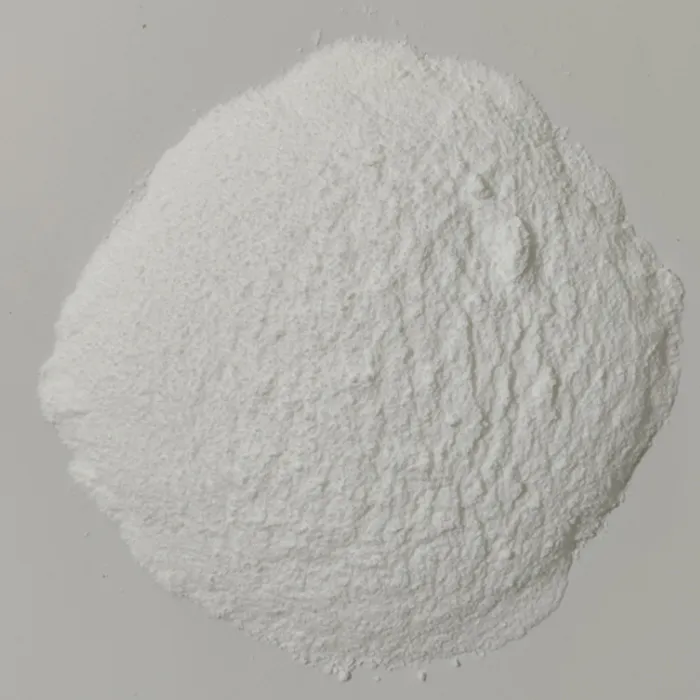Understanding Active Pharmaceutical Ingredients (APIs) An Overview
Active pharmaceutical ingredients (APIs) are the cornerstone of any therapeutic drug. They are the substances in pharmaceutical drugs that are biologically active and are responsible for their therapeutic effects. This article focuses on understanding APIs, their significance in the pharmaceutical industry, and an illustrative example to clarify their roles.
What are APIs?
In the simplest terms, an API is the component of a medication that produces the intended therapeutic effect. While APIs are crucial, they are only part of the complex puzzle that constitutes a pharmaceutical product. A complete medication can include various excipients—substances that serve as vehicles for the active ingredients, ensuring proper delivery, stability, and performance of the drug.
APIs can come from various sources natural substances derived from plants or animals, synthetically produced chemicals, or biotechnological products like monoclonal antibodies. The development, production, and quality control of APIs are highly regulated by health authorities around the world to ensure safety, efficacy, and consistency.
The Role of APIs in Drug Development
The journey of an API begins in the laboratory, where medicinal chemistry focuses on discovering and optimizing compounds that can interact with biological targets, such as enzymes or receptors. Through rigorous research and development, promising candidates undergo preclinical testing followed by several phases of clinical trials to assess their safety and efficacy in humans.
Once an API has demonstrated its potential through clinical trials, pharmaceutical companies must then ensure that it can be manufactured at scale without compromising its quality. This step often involves the establishment of Good Manufacturing Practices (GMP), which dictate the standards for the production of APIs to guarantee that they meet the necessary quality parameters.
api active pharmaceutical ingredient example

Example of an API Paracetamol
To illustrate the concept of active pharmaceutical ingredients, let's consider paracetamol (known as acetaminophen in the United States and Canada). Paracetamol is a widely used analgesic and antipyretic medication that alleviates pain and reduces fever. It is commonly found in over-the-counter medications.
The production of paracetamol involves chemical synthesis, where various reagents undergo controlled reactions to yield the final product. Once synthesized, paracetamol must go through a series of stringent tests to ensure its purity, potency, and safety. The quality of the API dictates the efficacy of the drug as a whole; therefore, manufacturers must ensure that each batch meets the high standards set by regulatory agencies.
Moreover, the formulation of paracetamol into a dosage form—such as tablets, capsules, or liquid—includes excipients that aid in drug delivery but do not confer therapeutic effects themselves. These could be binders, fillers, or taste-masking agents depending on how the drug is administered.
The Future of APIs
As the pharmaceutical landscape evolves, the development of APIs is becoming increasingly complex. With the rise of personalized medicine, there's a growing need for APIs tailored to individual patient profiles. Biopharmaceuticals, for instance, often require the use of biologics as APIs, leading to advancements in bioprocessing techniques and regulatory frameworks.
In conclusion, active pharmaceutical ingredients are vital components of therapeutic medications, directly impacting their effectiveness. APIs like paracetamol demonstrate how these ingredients undergo rigorous development and testing to ensure their safety and efficacy. As technology and medicine continue to evolve, APIs will play an even more significant role in shaping the future of healthcare, presenting both challenges and opportunities for pharmaceutical innovation.

